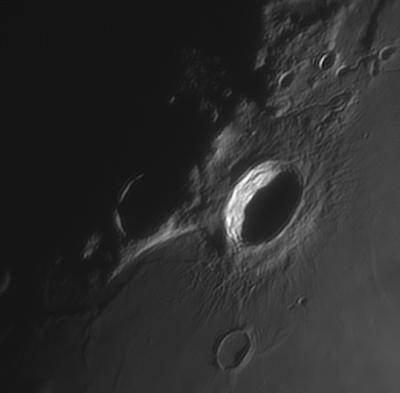Archives
Sky Notes : 2021 February & March
Nick reminds us that Orion dominates the southern aspect in mid-evening during early February and remains our best guide to the late winter sky
Read moreAristarchus – the bands disbanded?
The 40km crater Aristarchus, located on the Oceanus Procellarum, is a favourite target for lunar observers and is unmistakable because
Read more

